- Introduction to Industrial Automation (Hrs. 04; Marks 06)
1.1 Need and Benefits of Industrial Automation
1.2 Automation Hierarchy, Basic Components of Automation System, Description of Each Component
1.3 Types of Automation Systems : Fixed, Programmable, Flexible
1.4 Different Systems for Industrial Automation : PLC, HMI, SCADA, DCS, Drives
- PLC Fundamentals (Hrs. 12; Marks 18)
2.1 Building Blocks of PLC : CPU, Memory Organization, Input-Output Modules (Discrete and Analog), Special I/O Modules, Power Supply
2.2 Fixed and Modular PLC and their Types, Redundancy in PLC Module
2.3 I/O Module, Selection Criteria, Interfacing Different I/O Devices with Appropriate I/O Modules
- PLC Programming and Applications (Hrs. 16; Marks 22)
3.1 PLC I/O Addressing
3.2 PLC Programming Instructions : Relay type instructions, Timer instructions : ON delay, OFF delay, Retentive, Counter instructions, Up, Down, High speed, Logical instructions, Comparison instructions, Data handling instructions, Arithmetic instructions.
3.3 PLC Programming Language: Functional Block Diagram (FBD), Instruction list, Structured text, Sequential Function Chart (SFC), Ladder Programming.
3.4 Simple Programming Example using Ladder Logic : Language based on relay, Timer counter, Logical, Comparison, Arithmetic and Data handling instructions.
3.5 PLC Based Applications : Motor sequence control, Traffic light control, Elevator control, Tank level control, Conveyor system, Stepper motor control, Reactor control.
- Electric Drives and Special Machines (Hrs. 08; Marks 12)
4.1 Electric Drives : Types, Functions, Characteristics, Four Quadrant Operation
4.2 D.C. and A.C. Drive Controls : V/F Control, Parameters, Direct Torque Control
4.3 Drives : Working Principle, Specifications, Parameters, Types and Applications
4.4 Applications : Speed Control of A.C. Motor / D.C. Motor
- Supervisory Control and Data Acquisition System (Hrs. 08; Marks 12)
5.1 Introduction to SCADA, Typical SCADA Architecture / Block diagram, Benefits of SCADA
5.2 Various Editors of SCADA
5.3 Interfacing SCADA System with PLC : Typical Connection Diagram, Object Linking and Embedding for Process Control (OPC) Architecture, Steps in creating SCADA, Screen for simple object steps for Linking SCADA Object (Defining Tags and Items) with PLC Ladder Program using OPC
5.4 Applications of SCADA : Traffic light control, Water distribution, Pipeline control.


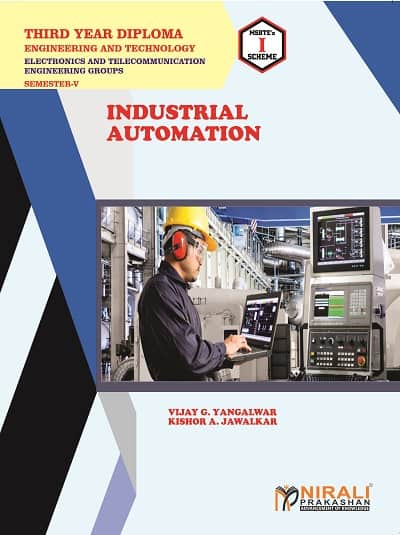
 Zoom
Zoom

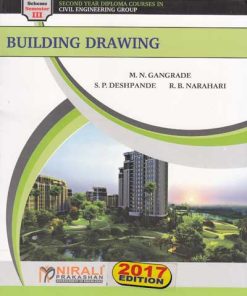
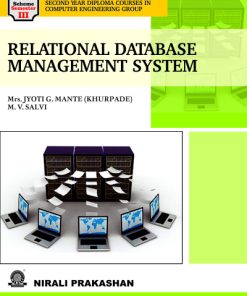
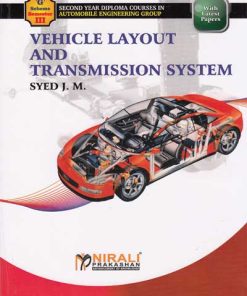
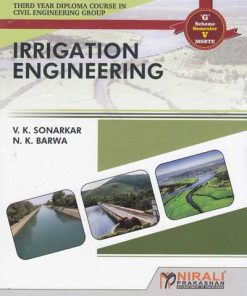
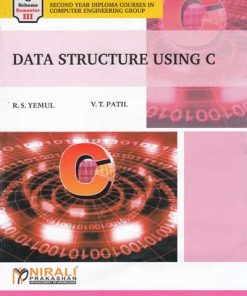
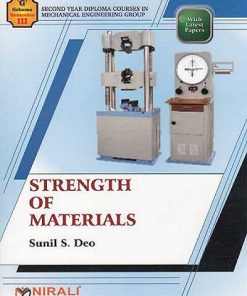

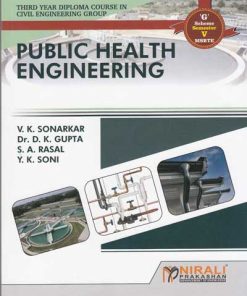



Reviews
There are no reviews yet.